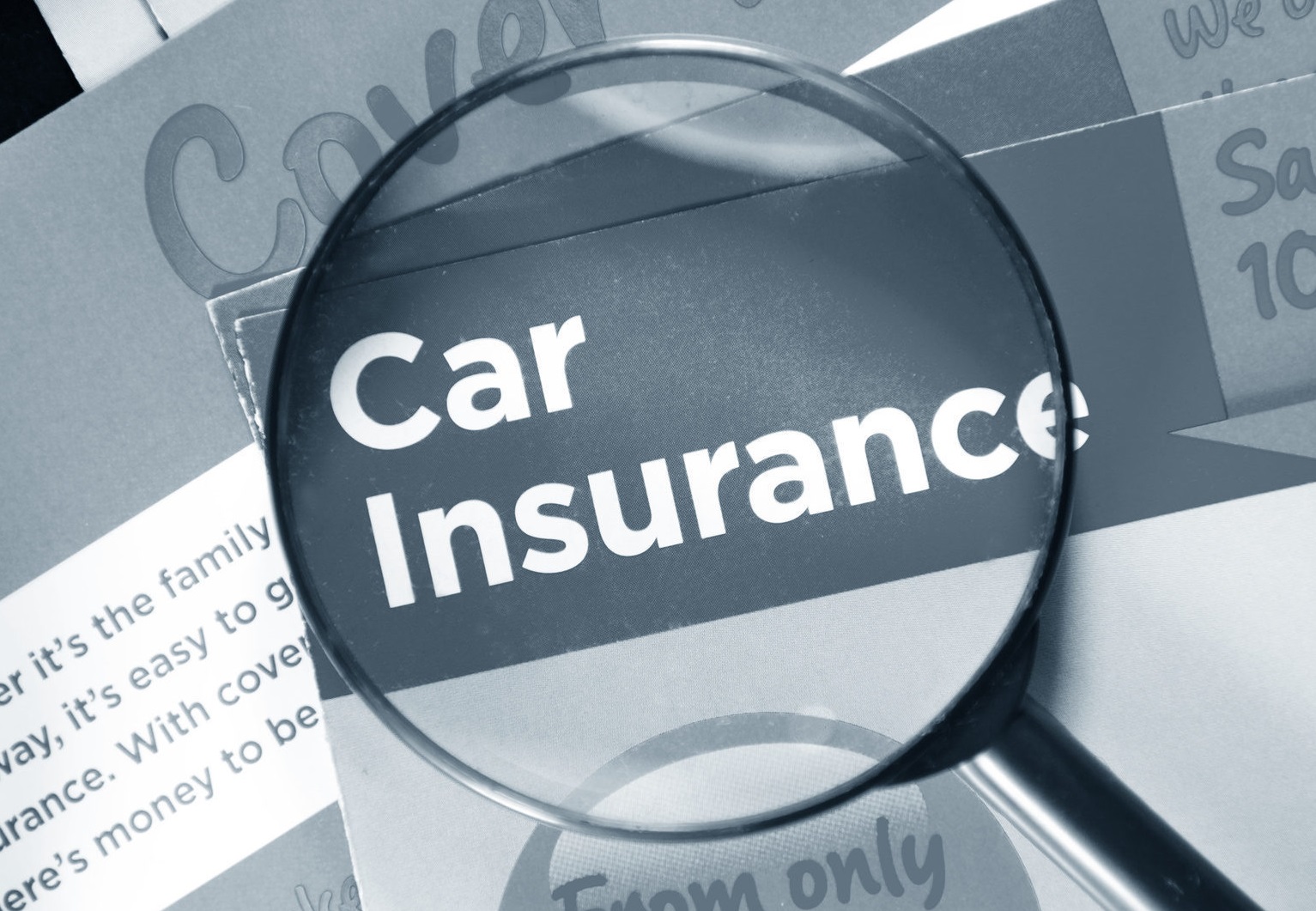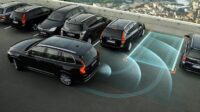Car Insurance Expansion: Definition and Risks Covered
ebanmella.com – Many insurance products are offered by insurance companies. One of these is vehicle insurance. As the name suggests, this insurance provides compensation for any perils that may occur at any time, such as accident, fire, riot, flood, natural calamity, loss and so on.
Premiums for vehicle insurance vary greatly. Depending on the type or type of vehicle insurance chosen All danger Or Total loss only (TLO) However, you should be aware that there are often many risks involved in expanding vehicle insurance coverage. Following are some of the benefits of expanding comprehensive coverage.
What is a car insurance extension?
Data from BNPB states that Indonesia is a country prone to natural disasters such as earthquakes, floods, landslides and volcanoes. Do you remember the Donggala Earthquake on 28 September 2018? The Palu earthquake triggered a tsunami. The magnitude of the earthquake was 7.4. Tadulaco area and its surroundings were completely destroyed. Flooding in large cities is also unavoidable. Especially in Jabodetabek, this area is prone to flooding. Its source is the overflow of the Silung River. Houses are not only submerged in water but also submerged in mud. The car was caught in the flood.
Then peaceful demonstrations often occur suddenly. Violence broke out everywhere. Cars, like cars, were also the targets of the protesters’ ire, with their teeth pulled out, badly damaged or set on fire.
For example, your vehicle is accidentally hit by another vehicle on the highway. If you’re unlucky, you might hit other vehicles or pedestrians crossing the road. If you are the one who crashes, you definitely have a headache thinking about your beloved vehicle being damaged. Not to mention, you have to compensate the vehicle or person who caused your injury. Especially if there are passengers in your car. You will also definitely be confused about the cost of the vehicle.
Motor vehicle insurance in Indonesia is divided into two types of standard insurance, which are combined insurance (Comprehensive) and general warranty / loss (Total loss only). Integrated Guarantee Insurance (Comprehensive) covers loss risks such as scratches, dents and major injuries in car accidents.
General Liability/Casualty Insurance (Total loss only) is guaranteed if the vehicle lost due to theft is not found within 60 days of the theft. Insurance Total loss only as well to cover Replacement for > 75% damage due to accident.
Based on these conditions, in general, the victims suffered a lot of moral and material losses. One of the victims are private vehicles, especially cars. Of course, natural disasters, riots and disasters related to third parties cannot be avoided. Without extended coverage, the risk of damage caused by such incidents is not reducedCovers.
Expanding insurance coverage is additional coverage for various risks that are not included in the main coverage of the insurance product. Extended types of insurance for cars cover natural perils such as hurricanes, floods, tornadoes, hail, landslides, earthquakes, tsunamis and volcanic eruptions, riots and riots, terrorism and fraud, personal accidents to passengers, legal liability to third parties. , as well as legal responsibility on passengers.
In expanding car insurance, there is of course an additional cost that must be prepared for the premium payments each month, which is known as the expansion premium. Extension premiums are premiums that are added to get additional benefits beyond the basic coverage for unwanted accidents that are not covered by your comprehensive auto protection insurance or TLO.
Read More : How to Open the Hood of a Car Correctly
Accidents covered by expanding car insurance
Car insurance is the best way to protect your car from various accidents every day. All these things are unpredictable, especially for those who live in big cities like Jakarta. However, the truth is that even if you use the most comprehensive package, motor vehicle insurance does not fully cover the risk of damage.
There is an extended warranty clause that you should understand. Expanding coverage requires you to increase your insurance premiums to get more protection. So that you don’t get confused, here are four perils that should get extended coverage if you want the damage to be covered by your vehicle insurance.
1. Risk of natural disasters
Indonesia is a country with high potential for natural disasters. Neither you nor anyone else will ever know when a natural disaster such as a flood, hurricane, earthquake, or tsunami will strike.
By taking out the extended coverage, your losses due to the natural disasters mentioned above can be covered by the insurance company. For example, on your way home from work, your car is flooded or damaged by an earthquake. Of course, insurance costs will be more expensive. But at least it keeps you calm and safe when a natural disaster strikes.
2. Violence and terrorism
Another danger on the highway is violence and terrorism. Chaos and violence will arise suddenly and your vehicle may become a victim. Even if it’s punctured, badly damaged, or burned. It’s definitely a big loss if you don’t have more benefits.
But for those who cover the additional benefits of vehicle insurance, especially for collision and collision risk, there is no need to worry about maintenance costs. Because it is covered by vehicle insurance. Even through acts of terrorism and subversion. By paying the extension premium, your vehicle is insured against these accidents.
3. Third Party Legal Liability
There are many dangers when driving on the road. It includes not only yourself and the passengers of your vehicle, but also other people. For example, you have an accident and hit someone else’s car. Or you’ve hit another driver’s car, or crashed into a roadside shop because you swerved.
Vehicle insurance with extended coverage can cover these losses. Not only to repair your damaged car, but also the responsibility of the third parties who were injured. Both maintenance and medical expenses if the third party has to be hospitalized.
Read More : This is the Correct Way to Warm Up a Car
4. Personal risk for passengers
One of the extended insurances that you can choose is personal accident. Even the most careful drivers are at risk of crashing or getting hurt on the road. Not only vehicles, but you and your passengers can be victims when there is an accident on the road.
To give you more peace of mind, you should complete your car insurance with personal accident (PA) cover. Moreover, many insurance companies offer Personal risk In the insurance policy package. In PA, not only the vehicle, but the accident that caused you and other passengers to become a victim can be included in the claim.
Don’t have too many expectations when it comes to reimbursement for automotive claims Medical expenses. The reason is, insurance providers only provide claims for 10% of the coverage amount.
An example of this is, if you have PA coverage of up to IDR 30 million, then the claim value that will be approved is usually only around IDR 3 million. You need to underline that this expansion of Personal Accident insurance is optional. You can remove it from the insurance package if you already have life insurance, because life insurance already covers protection if an accident occurs. Instead of wasting money on claims of the same nature, it is better to eliminate the expansion of the PA network if you already have life insurance.
Based on the information presented above, losses arising from natural disasters, such as floods and earthquakes, are not covered by the two types of standard motor vehicle insurance coverage, unless these risks are added in the form of collateral coverage. This is also explained in the Standard Indonesian Motor Vehicle Insurance Policy, Chapter II, Article 3, point 3.2, which reads:
“This insurance does not cover loss, damage and/or costs to Motor Vehicles and/or legal liability to third parties which are directly or indirectly caused by, as a result of, caused by earthquakes, volcanic eruptions, hurricanes, storms, tsunamis. , hail, floods, waterlogging, landslides or other geological or meteorological phenomena.”








